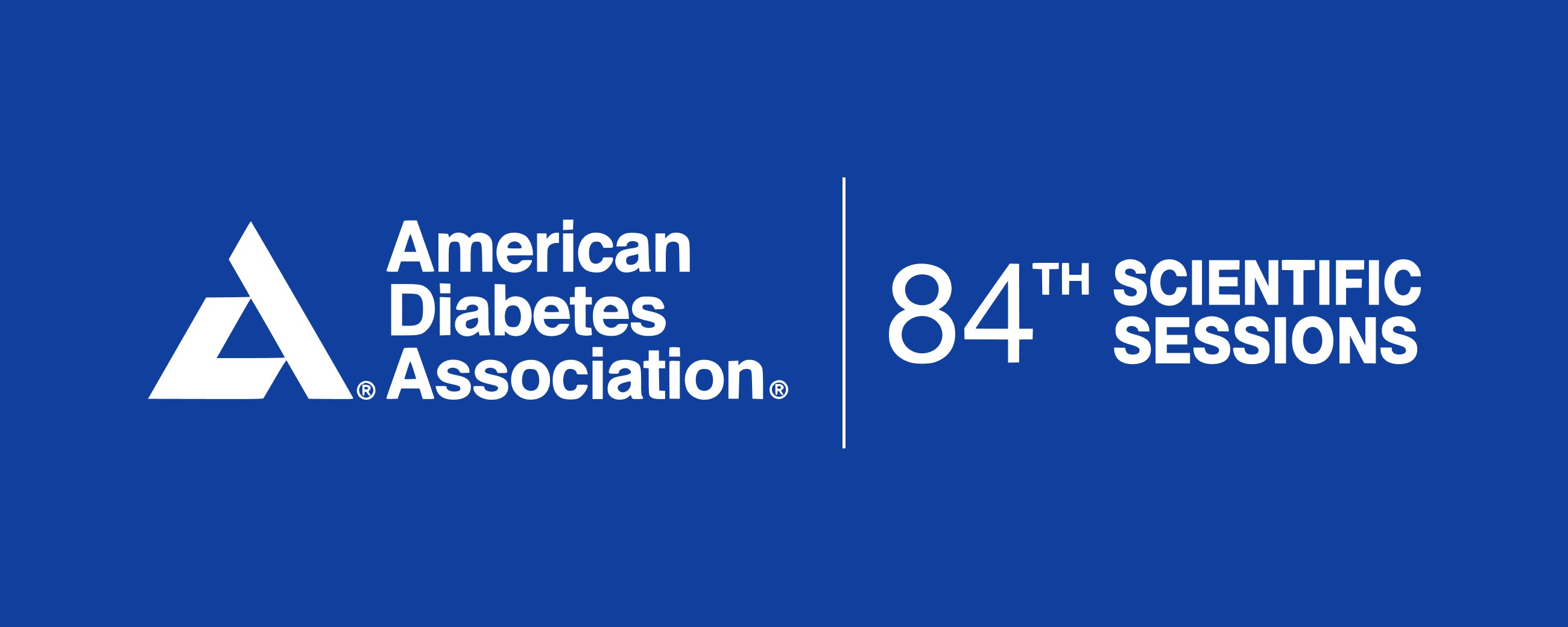
The Emerging Science Connecting Glycemic Control to Improved COVID-19 Outcomes

Infection has been a major cause of morbidity and mortality in the setting of diabetes, even before the discovery of insulin.¹ These infections include tuberculosis, Methicillin-resistant Staphylococcus aureus (MRSA), and most recently viruses.²⁻⁴ Increased severity, morbidity and mortality have been seen in individuals with diabetes during the H1N1 influenza, SARS-CoV, and Mers-CoV epidemics.⁵ Recent data from China, Italy and the U.S. have revealed a wide variance in the diabetes prevalence among those with COVID-19. In general, the prevalence of diabetes is less in non-hospitalized individuals and similar to the prevalence of diabetes in the general population. For example, the CDC reported an 11% prevalence of diabetes in those with diagnosed COVID-19.⁶ In this report, the CDC noted that over 40% of people with diabetes and COVID-19 did not require hospitalization, but as with data from China and Italy, the prevalence of diabetes rises to 19% of those admitted to the ICU and constitutes at least 25% of those dying from the viral infection.⁷⁻⁸ So, the current thinking is that individuals with diabetes are not more susceptible to contracting the virus, but once infected have much more severe clinical course and a markedly increased mortality, approaching 20%.
Why individuals with diabetes tend to have a poorer prognosis with infections has been investigated for 60 years. Although underlying microvascular and macrovascular complications may be playing a role, their mechanisms are unknown. However, the hallmark of diabetes is an elevated plasma glucose level. Fifty years ago, hyperglycemia was identified as a toxin to white blood cells which are the body’s primary defense against infection. Above a glucose of 200 mg/dl, these cells are unable to ingest and destroy invading organisms.⁹ Abnormalities of innate immunity are classically seen in both obesity and type 2 diabetes, with marked elevation in circulating cytokines such as IL-6, serum ferritin, and CRP (C-reactive protein) which may lead to the release of TNF and IL-1, resulting in the cytokine storm seen in the end stage of COVID-19.¹⁰⁻¹¹ These are precisely the cytokines found to be elevated in patients with diabetes succumbing to Covid-19 infection.¹²
During the related SARS-CoV epidemic in China, elevated fasting glucose was associated with increased death.¹³ Bode et al¹⁴ recently reported that glucose impacts the prognosis in COVID-19 as well. Mortality among those with elevated glucose (with a mean of 178 mg/dl) was 28.8% compared to 6% for those with normal glucose (with a mean of 116mg/dl). As seen in most studies of hospitalization- associated hyperglycemia, mortality was almost three times higher in those without a previous diagnosis of diabetes.
Thus, glycemic control may be a modifiable risk factor to minimize the severity of COVID-19 infection in people with diabetes. This begins before infection, as acute infection causes both increased insulin resistance as well as release of counter-regulatory hormones resulting in hyperglycemia. Glucose control is a critical part of diabetes management in the absence of a pandemic and is only made harder in its presence. People with diabetes are naturally reluctant to leave home in the face of sheltering in place orders and the last place they want to go for diabetes management is a clinic, Emergency Department, or hospital where they could become infected. Alternatives must be found.
The COVID-19 pandemic not only affords greater urgency to why we need to help patients with diabetes optimize glycemic control, but also transforms how we can achieve this—and gives us an opportunity to iterate on standard care paradigms to create care delivery systems that improve upon, rather than simply replicate, pre-COVID practices.
The COVID-19 pandemic has dealt a painful blow to primary care practices across the US, making very real the possibility that patients with chronic disease who depend on primary care health management could become a secondary wave of casualties in this pandemic. A weekly survey conducted by the Primary Care Collaborative (PCC), with responses from >1,000 primary care clinicians, yielded sobering results, including 49% reporting a “severe” impact (level 5 on a 5-point scale) on their practice, and 90% actively limiting well and chronic care visits. Primary care practices are working hard to fill these gaps via telemedicine, but there is still much work to be done: the PCC survey found 30% of responding practices reported no use of video visits, 60% no use of e-visits, and 32% are not using patient portals.¹⁵
Virta Health not only bridges this care gap but does so using a singularly effective paradigm: Continuous Remote Care (CRC), with data-driven, proactive clinician outreach to patients, which is a significant contrast to today’s predominant paradigm of episodic, reactive, patient-initiated care. In CRC, patient biometric and symptom data are assimilated by Virta’s AI-enabled clinical platforms to bring to clinician attention immediately those patients whose biomarkers or symptoms indicate that medication adjustments or lifestyle coaching may be indicated. The CRC paradigm effectively transforms Virta clinicians into “diabetes mission control centers”, able to manage panels of thousands of patients in real time, rather than serving as “check-out clerks”, interacting with patients briefly, making care decisions based on limited data sets, and then repeating the process a few months later, if and when patients return to clinic.
This blog is intended for informational purposes only and is not meant to be a substitute for professional medical advice, diagnosis, or treatment. Always seek the advice of your physician or other qualified health provider with any questions you may have regarding a medical condition or any advice relating to your health. View full disclaimer
Are you living with type 2 diabetes, prediabetes, or unwanted weight?

- Joslin EP. Diabetes Mellitus, 1919.
- Seshasai SR, et al. Diabetes Mellitus, fasting glucose and risk of cause-specific death. NEJM 364:829. 2011.
- Van CrevalR, van de Vijver, Moorte DAJ. Global diabetes epidemic: What does it mean for infectious disease in tropical countries? Lancet Diabetes & Endocrinol 5:457, 2017.
- Knapp S. Diabetes and Infection – Is there a link? Gerontology 59:99, 2013.
- Drucker Dj. Coronavirus infections and type 2 diabetes -shared pathways and therapeutic implications. Downloaded April 16, 2020 from https://academic oup.com/edrv/article-abstract/doi/10.1210/endrev/bnaa011/5820492
- 2020 Preliminary estimates of the prevalence of selected underlying health conditions among patients with Coronavirus Disease 2019. MMWR 69:382. 2020.
- Xie J, et al. Clinical characteristics of patients died of coronavirus Disease 2019 in China. JAMA Netw Open 3:e205619, 2020.
- Onder G, et al. Case fatality rate and characteristics of patients dying in relation to COVID-19 in Italy. JAMA published online March 23, 2020 doi:10.1001/JAMA.2020.4683
- Bagdade Am J med Sci 263:451, 1972.
- Meshkani R, Vakili S. Tissue resident macrophages: Key players in the pathogenesis of type 2 diabetes and its complications. Clin Chem Acta 462:77, 2016.
- Tanaka T et al. Immunotherapeuitc implications of IL-6 blockade for cytokine storm. Immunotherapy 8:959, 2016
- Guo W, et al. Diabetes Metab Res Rev doi.org/10.1002/dmrr3319
- Yang JK, Lin SS, Guo LM. Binding of SARS coronavirus to its receptor damages islets and causes acute diabetes. Acta Diabetol 47:193, 2010.
- Bode B, et al. Glycemic characteristics and clinical outcomes of COVID-19 patients hospitalized in the United States. Journal of Diabetes Science and Technology, in press.
- https://www.pcpcc.org/2020/04/08/primary-care-covid-19-week-4-survey









